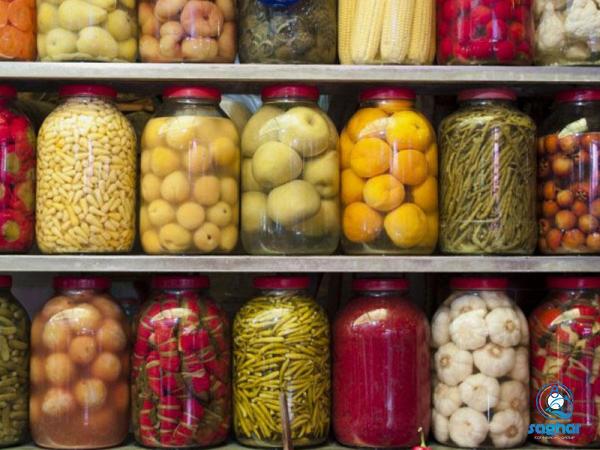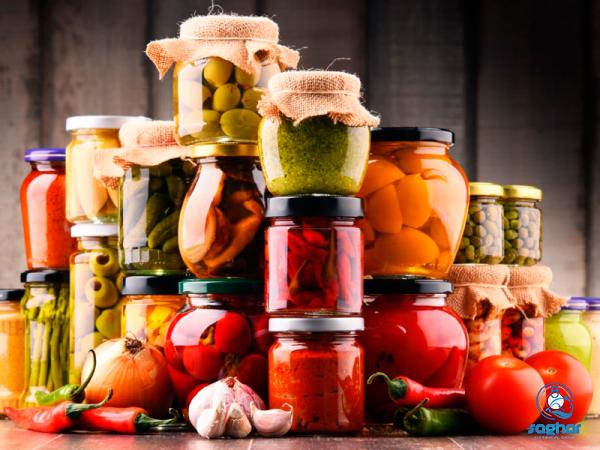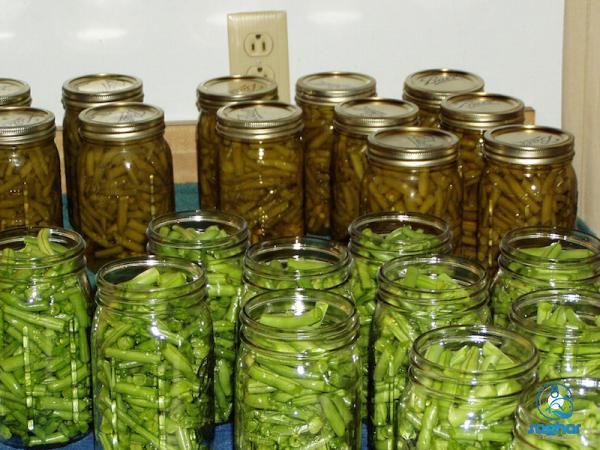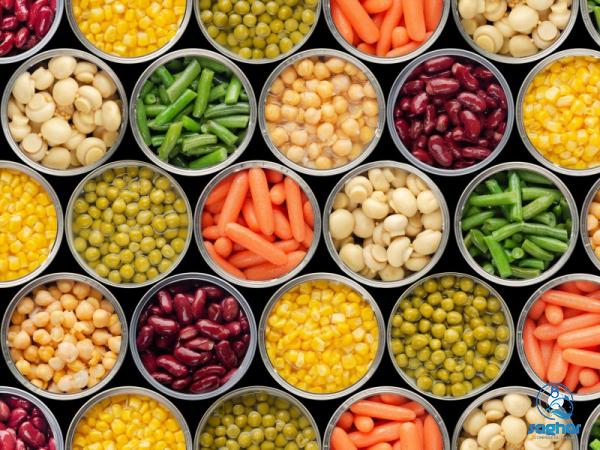Title: The Price of Canned Foods: Balancing Health and Wholesale Production Distribution Introduction: Canned foods have long been a staple in our diets, providing convenience and extended shelf-life. However, concerns about the nutritional value of canned goods and the wholesale production distribution of these products have sparked consumers’ interest. This article aims to provide a comprehensive overview of the price of canned foods, focusing on their health implications and the process of wholesale production distribution. 1. Health Concerns with Canned Foods: a. Nutritional Value: While canned foods offer convenience, their nutritional value can be a topic of concern. The high-heat processing involved in canning may result in the loss of certain vitamins and minerals. However, advances in technology and improved processing techniques have allowed for the preservation of essential nutrients.

Canned foods
 b. Added Ingredients: Some canned foods contain added ingredients such as salt, sugar, and preservatives. These additives are often included to enhance flavor and prolong shelf-life, but excessive consumption may contribute to health issues such as high blood pressure and obesity. c. BPA and Food Safety: Bisphenol A (BPA), a chemical used in the lining of some canned food containers, has raised concerns about potential health risks. Studies suggest a possible link between BPA exposure and adverse health effects, including reproductive disorders and certain cancers. However, many manufacturers have now transitioned to BPA-free alternatives. 2. Price Determinants of Canned Foods: a. Production Costs: The price of canned foods is influenced by various factors, including raw material costs, labor expenses, and overhead costs associated with manufacturing and packaging. Rising production costs can affect the final price of canned goods. b. Branding and Marketing: Established brands often carry a premium price due to their reputation, quality, and marketing efforts. Consumers are more willing to pay higher prices for trusted brands that consistently deliver on taste, quality, and safety.
b. Added Ingredients: Some canned foods contain added ingredients such as salt, sugar, and preservatives. These additives are often included to enhance flavor and prolong shelf-life, but excessive consumption may contribute to health issues such as high blood pressure and obesity. c. BPA and Food Safety: Bisphenol A (BPA), a chemical used in the lining of some canned food containers, has raised concerns about potential health risks. Studies suggest a possible link between BPA exposure and adverse health effects, including reproductive disorders and certain cancers. However, many manufacturers have now transitioned to BPA-free alternatives. 2. Price Determinants of Canned Foods: a. Production Costs: The price of canned foods is influenced by various factors, including raw material costs, labor expenses, and overhead costs associated with manufacturing and packaging. Rising production costs can affect the final price of canned goods. b. Branding and Marketing: Established brands often carry a premium price due to their reputation, quality, and marketing efforts. Consumers are more willing to pay higher prices for trusted brands that consistently deliver on taste, quality, and safety.
Specifications of canned food
 c. Economies of Scale: The scale of production can significantly impact the price of canned foods. Larger manufacturers often benefit from economies of scale, allowing them to achieve cost efficiencies and offer competitive prices to consumers. 3. Wholesale Production Distribution: a. Supply Chain: The production and distribution of canned foods involve complex supply chains. Manufacturers procure raw materials, process and package the products, and distribute them to various wholesale distributors. b. Wholesale Markets: Wholesale distribution forms a vital link in the canned food supply chain. Wholesale markets connect manufacturers with retailers and food service providers, ensuring a steady supply of products across geographical regions. These markets often operate on bulk purchasing and selling, allowing for economies of scale. c. Distribution Challenges: Ensuring the timely delivery of canned goods involves overcoming various challenges. These include maintaining proper storage conditions to prevent spoilage, optimizing transportation routes, and managing inventory efficiently to avoid wastage. 4. Sustainability in Canned Food Production and Distribution:
c. Economies of Scale: The scale of production can significantly impact the price of canned foods. Larger manufacturers often benefit from economies of scale, allowing them to achieve cost efficiencies and offer competitive prices to consumers. 3. Wholesale Production Distribution: a. Supply Chain: The production and distribution of canned foods involve complex supply chains. Manufacturers procure raw materials, process and package the products, and distribute them to various wholesale distributors. b. Wholesale Markets: Wholesale distribution forms a vital link in the canned food supply chain. Wholesale markets connect manufacturers with retailers and food service providers, ensuring a steady supply of products across geographical regions. These markets often operate on bulk purchasing and selling, allowing for economies of scale. c. Distribution Challenges: Ensuring the timely delivery of canned goods involves overcoming various challenges. These include maintaining proper storage conditions to prevent spoilage, optimizing transportation routes, and managing inventory efficiently to avoid wastage. 4. Sustainability in Canned Food Production and Distribution:
buy canned food
 a. Packaging Considerations: Canned foods are often criticized for their environmental impact due to the use of metal cans. However, aluminum and steel cans have a high recycling rate, making them a more sustainable packaging option compared to other materials like plastic. b. Food Waste Management: Efficient production and distribution processes help reduce food waste, contributing to environmental sustainability. Implementing quality control measures, optimizing inventory management, and minimizing excess packaging can all help reduce waste in the canned food industry. c. Supplier Relationships: Collaboration between manufacturers and suppliers can lead to more sustainable practices throughout the supply chain. This can include sourcing ingredients from sustainable farming methods, supporting local producers, and utilizing energy-efficient manufacturing processes. Conclusion: The price of canned foods is influenced by factors such as production costs, branding, and economies of scale. While concerns about the nutritional value and ingredients of canned foods persist, advancements in technology have enabled the preservation of essential nutrients. Wholesale production distribution plays a vital role in ensuring a steady supply of canned goods to retailers and food service providers. The industry is also increasingly adopting sustainable practices to minimize its environmental impact and reduce food waste. By understanding these aspects, consumers and businesses can make informed decisions regarding the purchase and distribution of canned foods.
a. Packaging Considerations: Canned foods are often criticized for their environmental impact due to the use of metal cans. However, aluminum and steel cans have a high recycling rate, making them a more sustainable packaging option compared to other materials like plastic. b. Food Waste Management: Efficient production and distribution processes help reduce food waste, contributing to environmental sustainability. Implementing quality control measures, optimizing inventory management, and minimizing excess packaging can all help reduce waste in the canned food industry. c. Supplier Relationships: Collaboration between manufacturers and suppliers can lead to more sustainable practices throughout the supply chain. This can include sourcing ingredients from sustainable farming methods, supporting local producers, and utilizing energy-efficient manufacturing processes. Conclusion: The price of canned foods is influenced by factors such as production costs, branding, and economies of scale. While concerns about the nutritional value and ingredients of canned foods persist, advancements in technology have enabled the preservation of essential nutrients. Wholesale production distribution plays a vital role in ensuring a steady supply of canned goods to retailers and food service providers. The industry is also increasingly adopting sustainable practices to minimize its environmental impact and reduce food waste. By understanding these aspects, consumers and businesses can make informed decisions regarding the purchase and distribution of canned foods.

Your comment submitted.